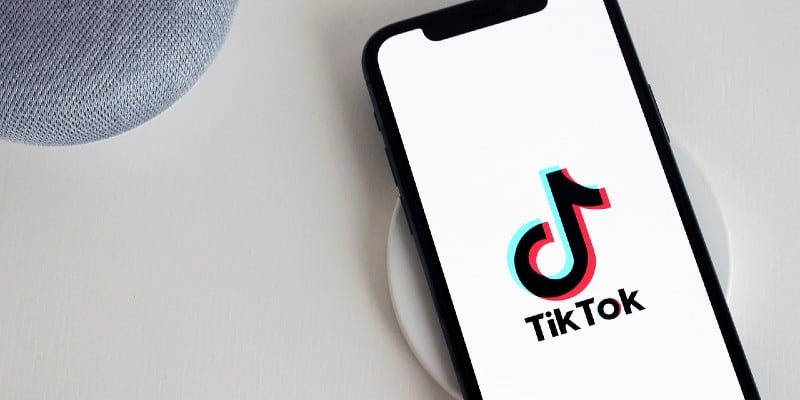A 2021 Microsoft study found the average human attention span is a measly eight seconds. Over the past several years, how we consume media has changed, especially as the prevalence of social media has grown. The global population is also being presented with far more information than ever before, giving us multiple things to focus on at once.
While many may see the shrinking global attention span as a negative, health communicators can use this trend to their advantage. When it comes to health education, it’s not about what you say but how you say it. To better promote positive health messaging and truthful information that audiences will consume, communicators need to meet people where they are, even if that means appealing to people’s shortened attention spans.
Jobs to be Done and Beneficial Information
TikTok, for example, is now a popular source of personal health and wellness information. Discussing health and wellness via short form videos has become so popular online that TikTok created a Wellness Hub, a place for users to engage with topics including mental health and nutrition (though not all information on the platform is accurate, and is at risk for spreading medical misinformation).
This model isn’t just used by people spreading their own personal advice: some health care organizations are already adopting the format for their own educational purposes. For example, Carrot Fertility occasionally posts short videos on their Instagram account, educating potential users on services such as egg freezing.
Short form videos like this are more “hirable” to a health care audience with a changing attention span than traditionally longer education videos and webinars. People “hire” solutions to their problems based on a number of factors, namely what best serves their desired progress and the context of their lives at any given moment, or what we call their Job to be Done.
If we know that people’s attention spans are shrinking, it makes sense to make health information to appeal to this changing context, as it will likely be better suited to the jobs of individual patients.
Improving health messaging for a modern age
I recently watched a YouTube webinar on information as a driver of health, and a particular quote stuck out to me. One of the panelists mentioned the importance of “fishing where the fish are”; or, in other words, meeting people where they are in terms of disseminating information.
However, if you go on YouTube, health education videos vary in length, with some being over an hour long—which may not capture an audience the way short videos can. Studies show that videos under six minutes are far more likely to garner engagement and to be watched all the way through, with the ideal time for videos being five minutes. While some hospitals are embracing TikTok as a marketing tool, there is a benefit in using it as a health education tool as well. Not only does this type of video content meet people where they are (in regards to their social media use), but more concise information is more easily digestible—meaning people are more likely to pay attention.
TikTok, for example, is being used as an educational tool and for help with homework, because it’s currently easy and free to access—something upon which health educators can capitalize. Younger audiences, particularly Gen Z, are more likely to use TikTok to look up information than Google. The audiences are already there, using TikTok to find information; health organizations just need to meet those audiences in their preferred space.
There may be some concern about this mode of communication given the fragile state of TikTok’s future. The success of TikTok, luckily, spurred other social media sites such as Facebook, Instagram, and YouTube to incorporate their own short-form video tools. In the case that TikTok is shut down in the US, there are other (free) platforms to use to create and disseminate these videos. This model of communication is not dependent on TikTok’s continued survival—simply, TikTok is the most prominent example of providing shorter videos for education.
In a world filled with medical misinformation, health communicators need to use all of the tools available to them to spread positive, truthful information, and short-form videos are a critical offering that tap into what people desire. In an era of shortened attention spans, long-form videos may not do the trick to educate people about health care, but leveraging social media to share medically accurate information, endorsed and provided by a medical institution, might.



